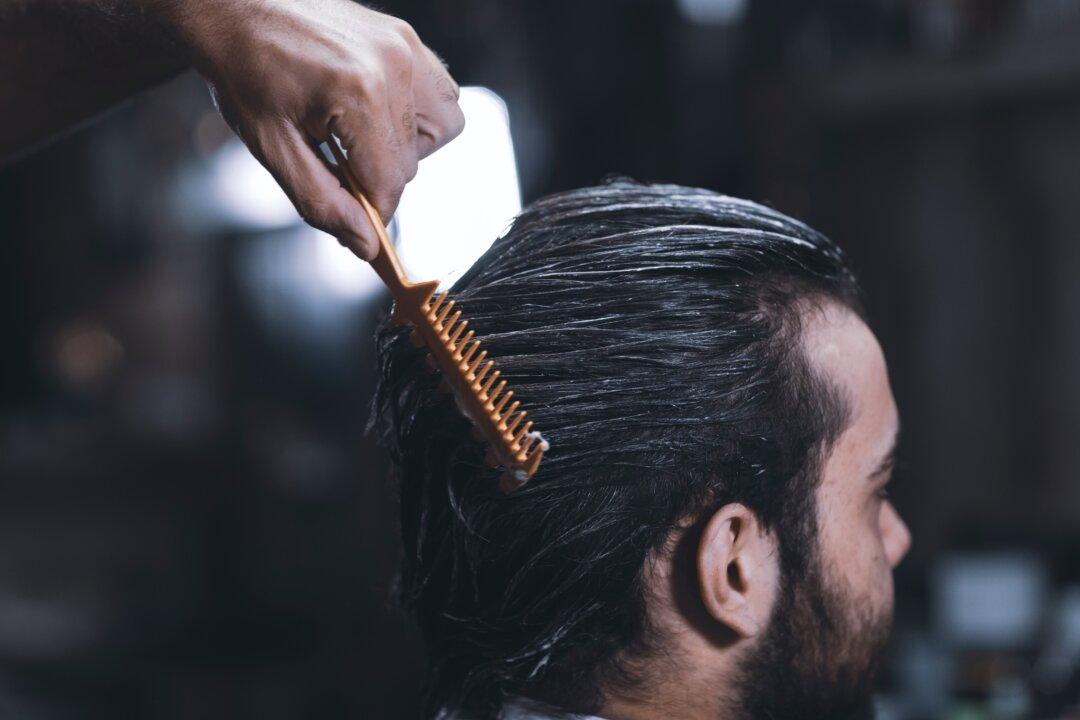Many people dye their hair as soon as they start seeing gray hair. However, there is no need to worry, as some people’s graying is reversible.
Did you know? Human hair is originally white. Before it emerges from the scalp, melanocytes inject melanin into the hair cells that contain keratin, giving the hair the different colors that we see. Keratin is the protein that makes up hair, nails, and skin. And there are two types of melanin: pheomelanin (responsible for ginger and red shades) and eumelanin (responsible for brown and black shades).





